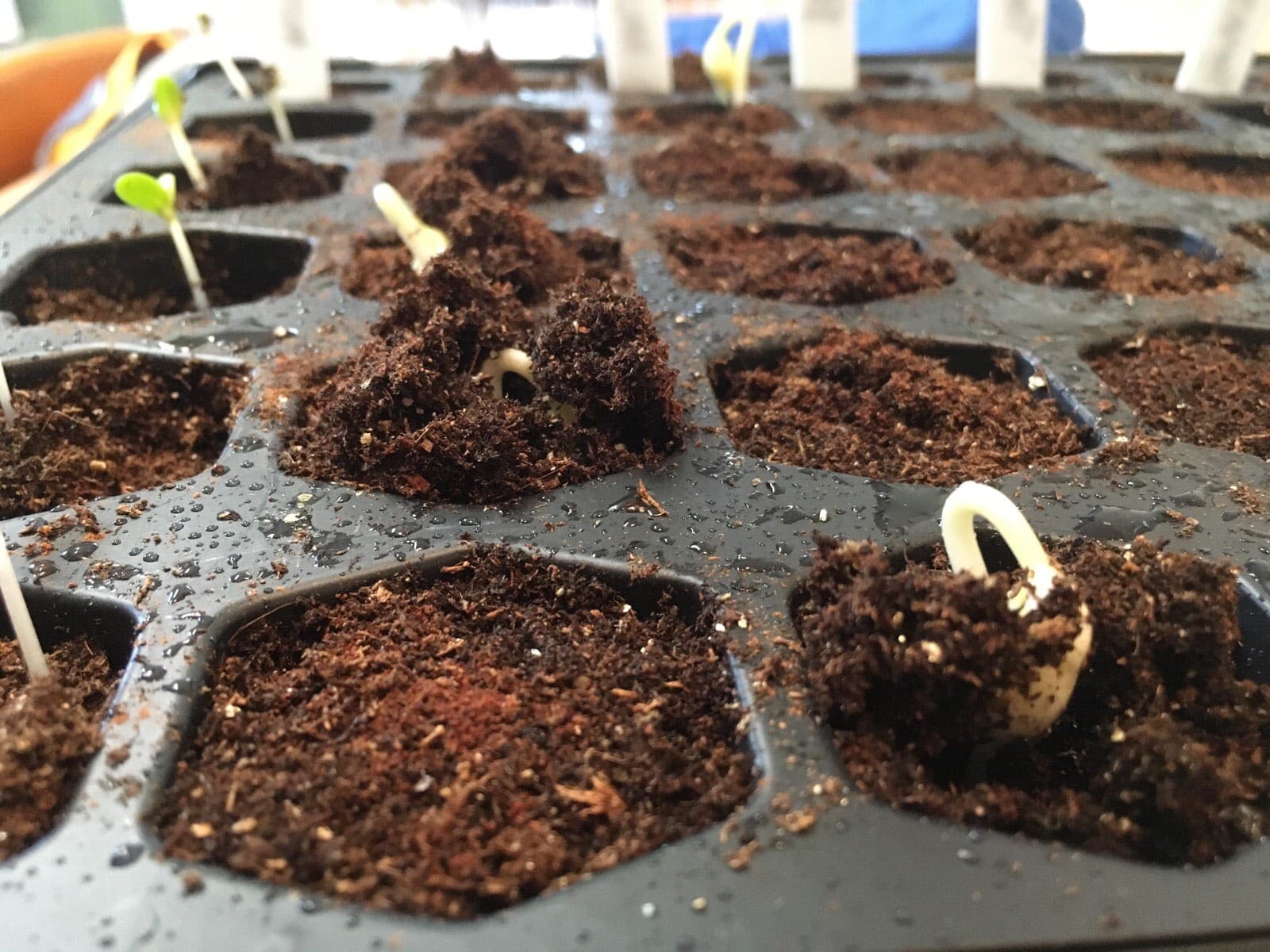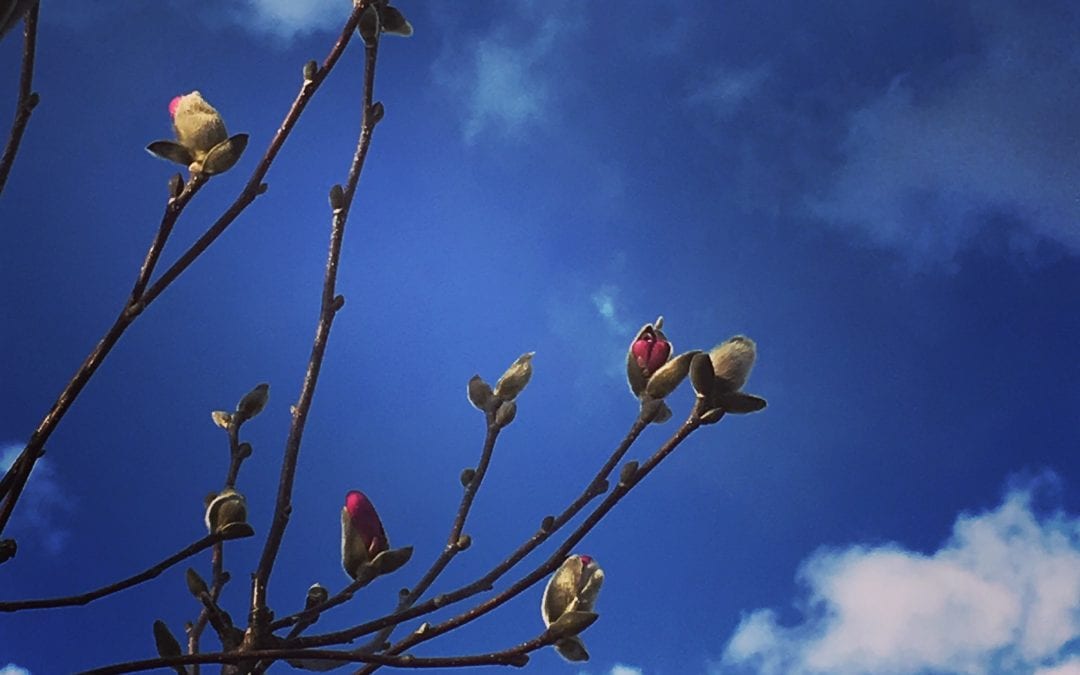Having just celebrated Easter Sunday as a church, we have now officially entered into the time of the liturgical year known as “Eastertide.” If you’re unfamiliar with the church calendar, click here for a quick explanation of why we follow it as a community. Eastertide is a 6-week season that begins with Resurrection Sunday and is filled with celebration. After those 6 weeks end, we celebrate the Day of Pentecost, which is the birthday of the church! It’s when the Holy Spirit filled the disciples with the power of God (Acts 2). It was the gift that Jesus promised at his ascension (Acts 1:8) and this gift never stops giving.
What I love about this season is that we just celebrated the resurrection of Jesus – the single most mind-blowing event in the history of humanity, and yet we still have more to anticipate! Between Easter Sunday and Pentecost, we celebrate the empty tomb but we also anticipate a new depth and growth that comes with the constant indwelling of the Holy Spirit in our lives and our community.
Our new series beginning this week, How To Grow, is about just that. Death gives way to life in the most beautiful, unexpected ways when we make way for the Holy Spirit to fill the empty tombs within us with new and burgeoning life. In order for new growth to occur, death is an unescapable reality. Resurrection is not possible without death first happening. New life is not possible without the seed of hope and faith being first buried in surrender and trust.
It reminds me of gardening. My grandparents all had wonderful gardens in the mountains of Appalachia and so many of my best memories from childhood are from the garden. Whether eating warm tomatoes fresh off the vine, shucking corn for dinner, or stringing beans to can, I loved everything about the process and loved watching my skilled and time-tested grandparents navigate each harvest season with ease. That love of gardening was instilled in me at such a young age that now as an adult, I can’t help but continue the tradition. The childlike wonder is still there at harvest time, but as an adult I now get to experience the depth of every season that comes before and after harvest, too.
Every good garden sings the song of resurrection: death to life and life abundantly. My garden begins with good compost – a very rich soil fertilizer made completely of organic materials. So everything rotten and decaying from my kitchen, every dead leaf from my yard, every strained and discarded coffee filter and teabag, every shredded newspaper filled with headlines of death and despair…it all goes in the compost pile. Death is literally cultivated into a new, life-giving substance in the compost pile.
Then comes the planting. Before we plant, we make sure the soil is even and damp perfectly proportioned. We set the stage. This year, my two year old helped me prepare seedbeds inside so that we could watch their progress in the kitchen each day. In preparing the soil, we make space for the miraculous. In preparing each seed for planting, we anticipate the new life that will rise from the place of its burial. Completely unprompted, my toddler actually patted each seed-starting compartment that day and said “amen!” Maybe there’s something to that childlike wonder that helps him realize what a beautiful thing we were doing without me even having to tell him.
So the seeds go into the soil. And then…nothing. You absolutely have no way of knowing what will happen while the seed is still under the surface. All you can do is wait. All you can do is anticipate. I looked at the seedbed every day and saw a whole lot of nothing. I looked at it every day and admired my handiwork: fine soil portioned out in straight rows with neatly labeled markers and clean edges. All I could see was the work of my own hands. But here’s the beautiful reality: when the sprout comes forth out of the soil, it completely wrecks my own work. When that spring-green, coiled sprout comes through the ground, you know two things: you are witnessing a miracle, and it’s out of your control. I think our spiritual cultivation is no different. It’s utterly miraculous and wild, and while we get a front seat to watching God work mightily, it’s nothing we can control.

See, the soil I had neatly poured into each pod? It was wrecked. The dirt was pushed up by the new life present, spilling over every side uncontainable by the parameters I had arbitrarily tried to contain it with. And then day by day, the plants grow exponentially. One of my favorite things to watch grow are the half-runner green bean seeds. It’s nostalgic for me because my grandpa was the master grower of delicious half-runners. The seeds were saved from dried and wilted beans at the end of every season, and passed down year after year and generation after generation. So even the seeds we planted this season are the fruits of faithful growers in years past, a legacy of cultivation and faithful garden-tending passed down from those who have since passed away and await the day when they, too, will be raised to new life upon the return of the One who is ever faithful to cultivate and tend the new life right beneath the surface of our present reality.
Eastertide is a spiritual seedbed. It’s where we bring the hope of glory to the forefront of our minds. We cultivate the soil of our hearts and we prayerfully anticipate the miraculous new life that will continue to burgeon and flourish long after this season ends. We have the empty tomb to gaze at, but we also have the promise of the Holy Spirit’s power to look forward to.
For the month of April, we are going to learn How To Grow. We are going to explore the soil, the source, the rhythm, and the fruit of our spiritual lives. We are going to cultivate the seedbed of our faith together as a church family – a community garden of sorts. I so look forward to sharing these next several weeks of prayerful cultivation with you all!

